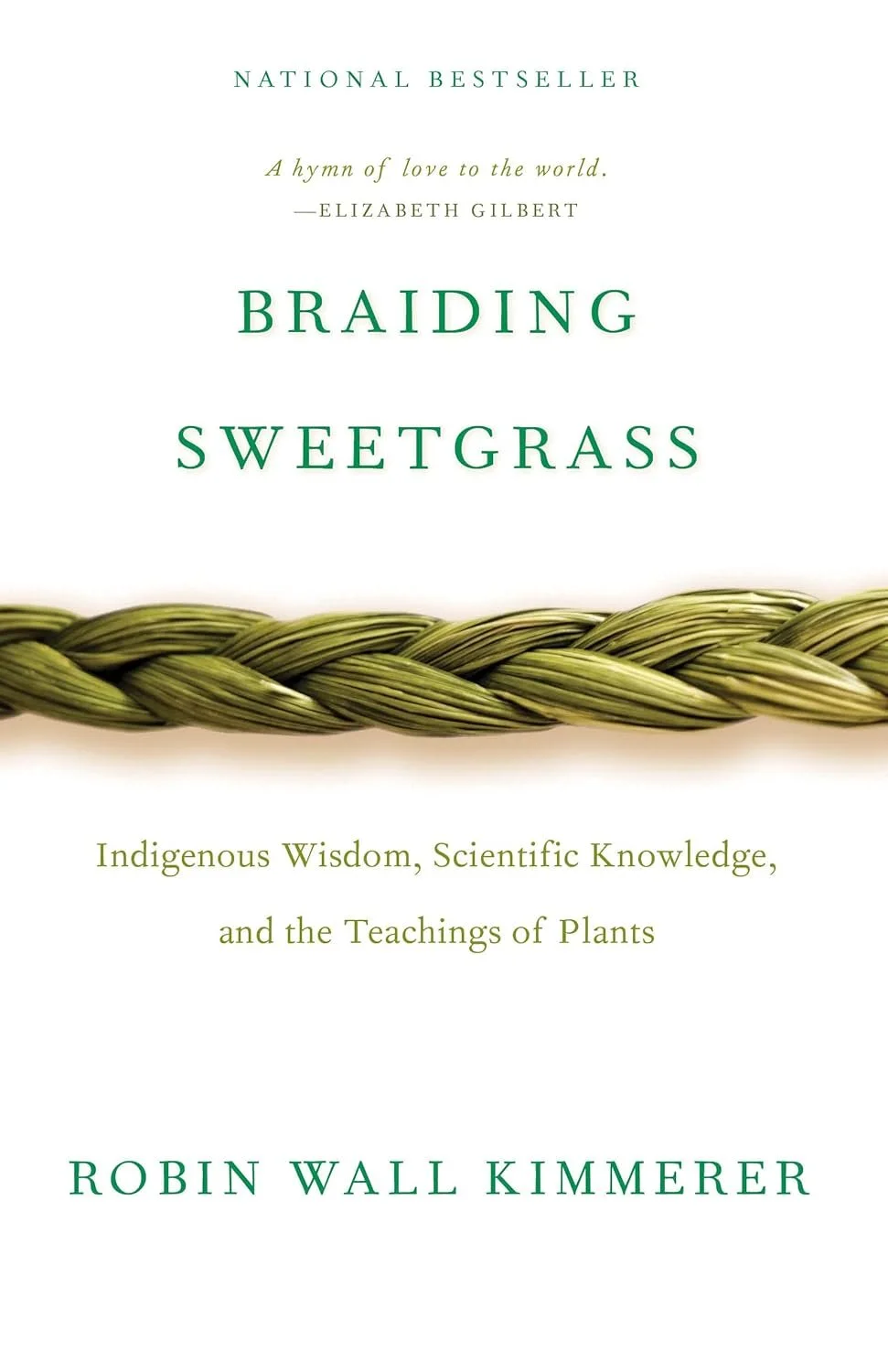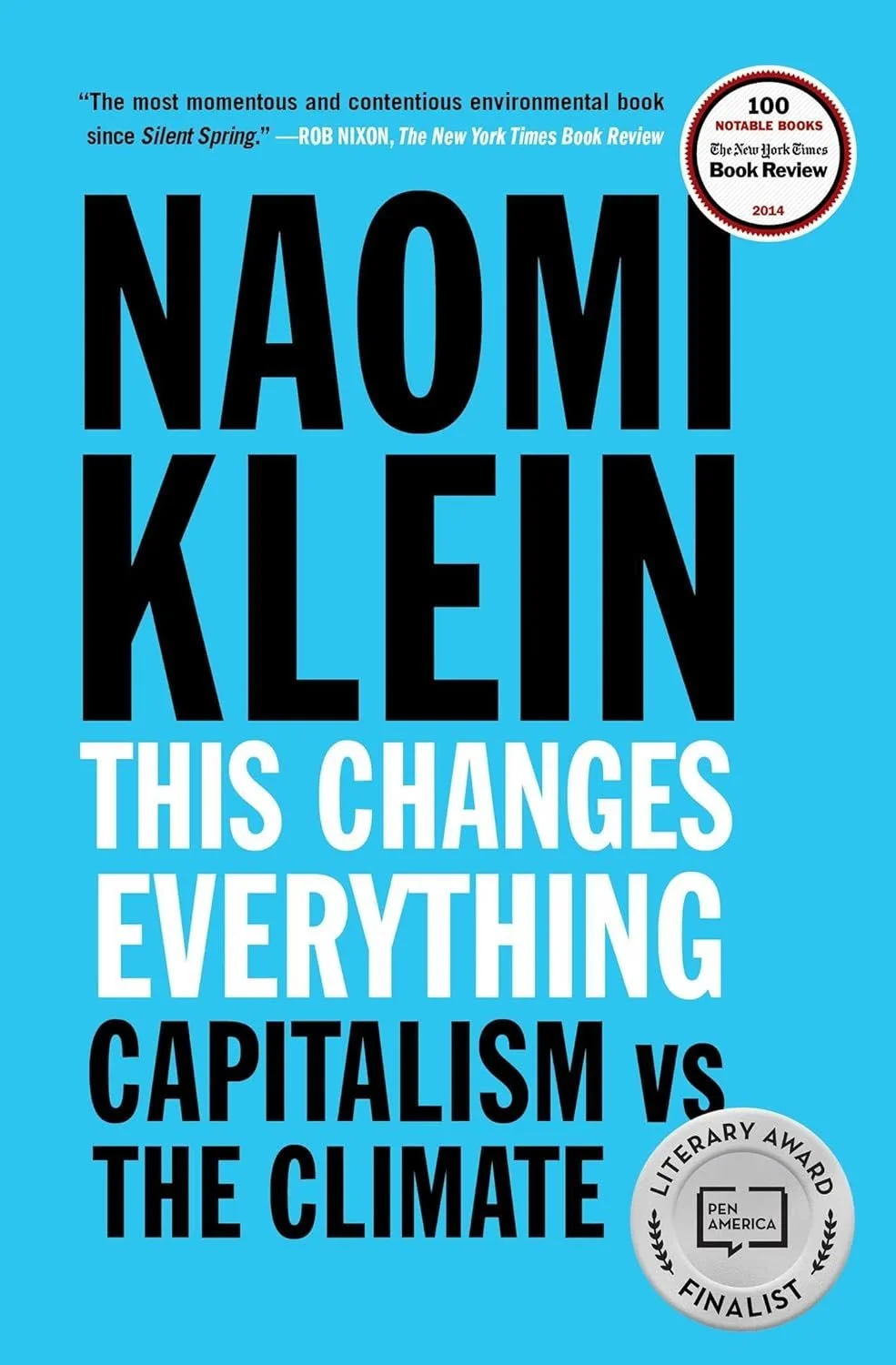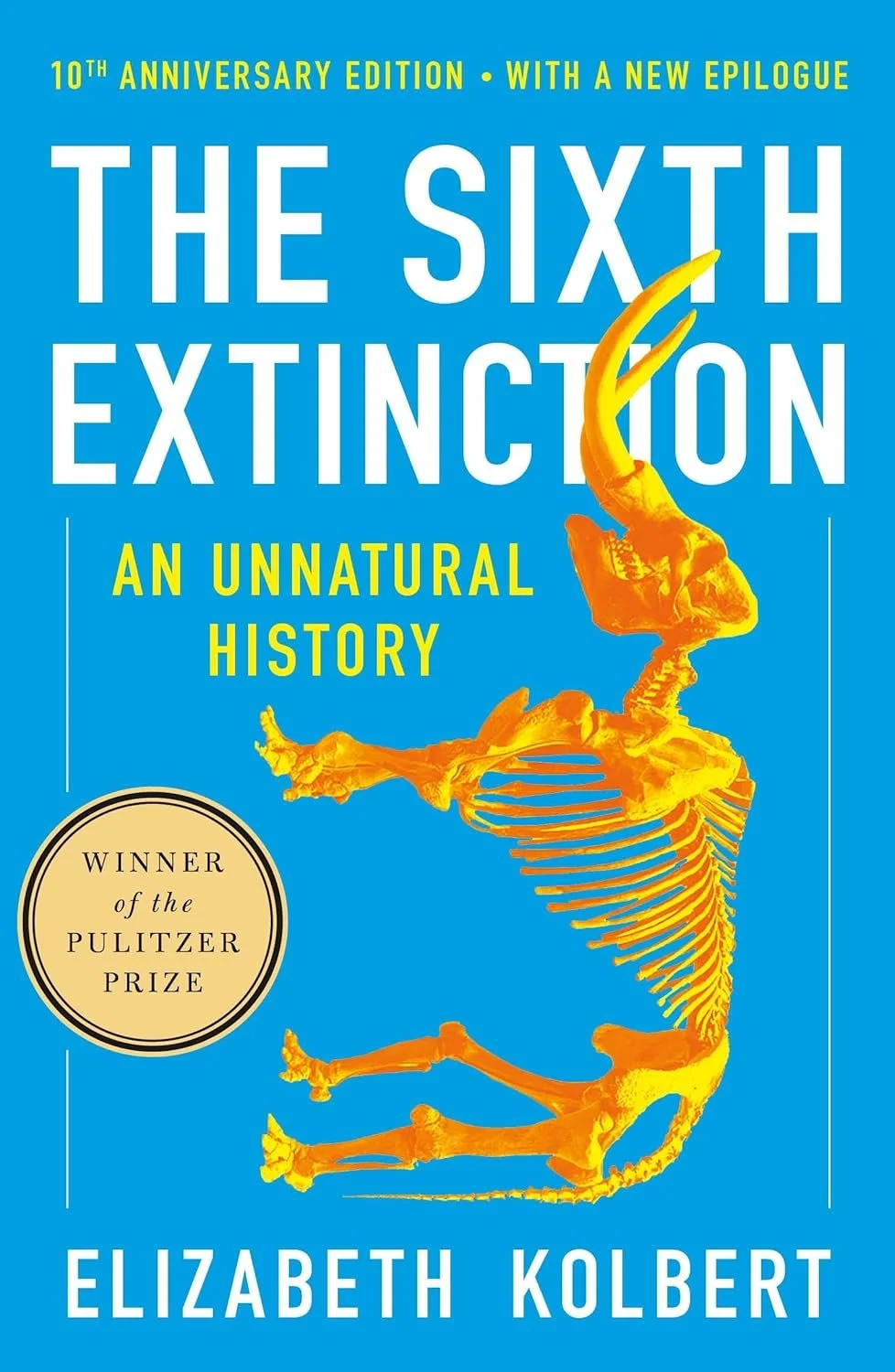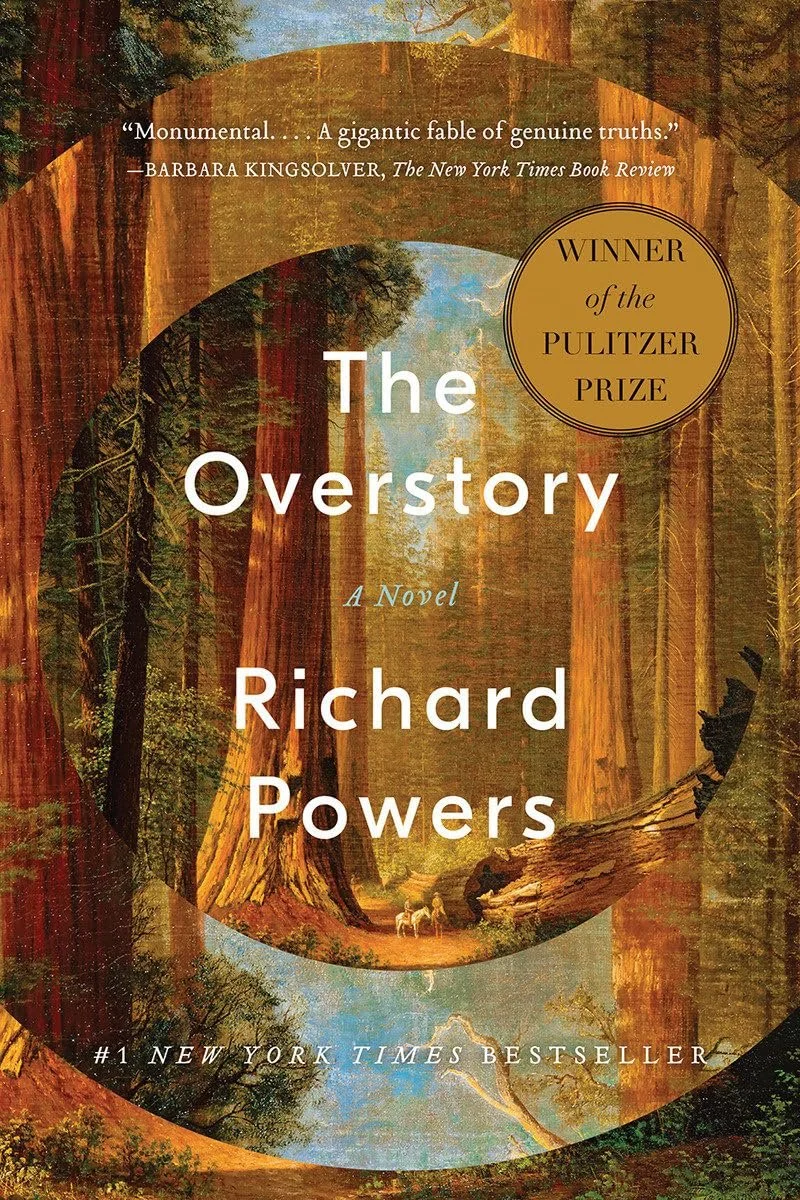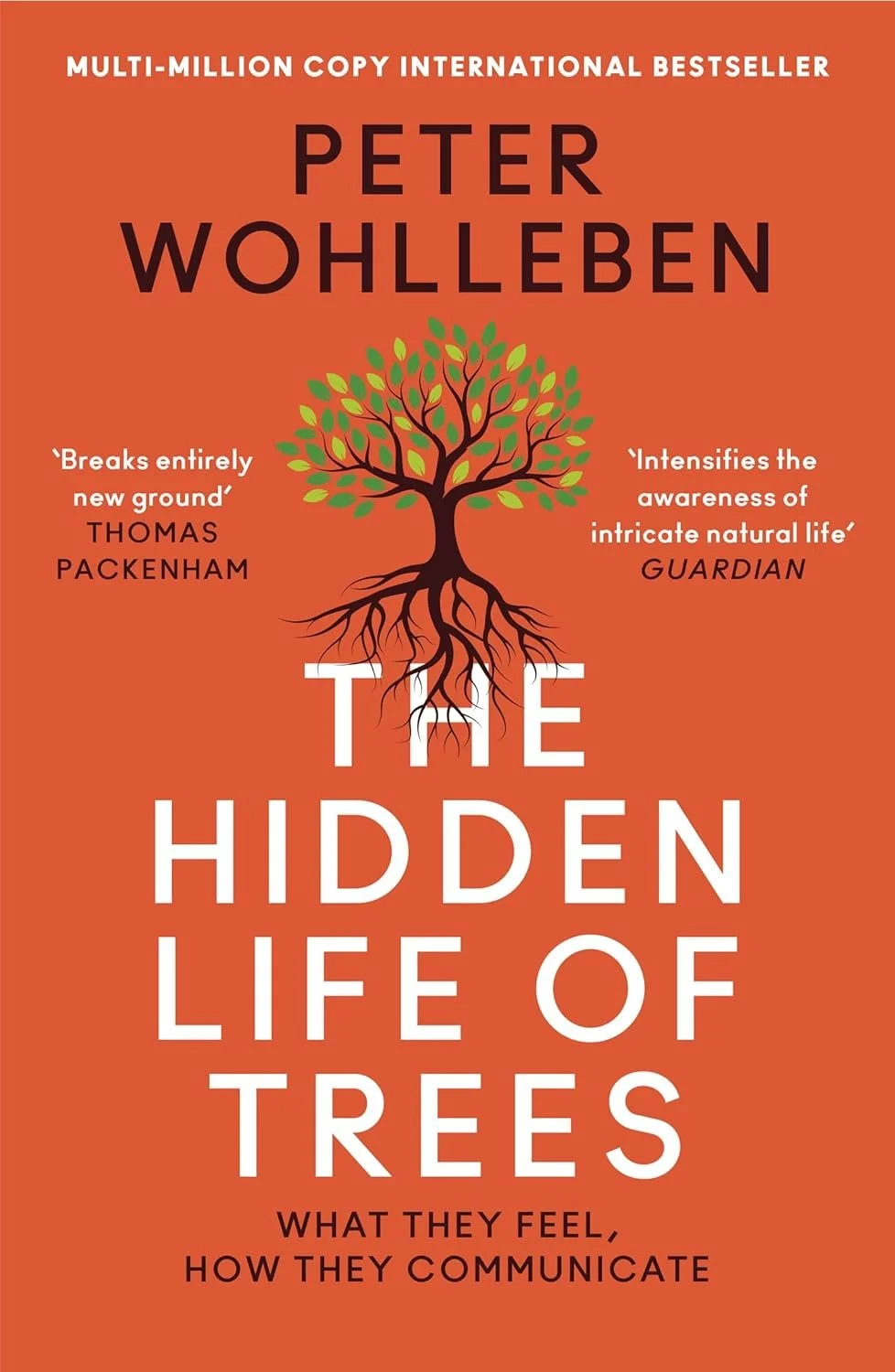12 Essential Books for Understanding Environmental Sustainability
In recent years, more people are asking big questions about our planet's future. Global conversations focus on climate change, biodiversity loss, and sustainable food systems. Books are powerful in helping us understand these issues and inspire positive change. The following works—each unique in its message—offer perspectives on how we interact with the environment and what we can do to protect it.
At Eden Green, we’re committed to addressing environmental challenges through sustainable agriculture. By conserving water, cutting food miles, and using land more efficiently, we’re working to reduce our impact on the planet. As you explore these must-read books, remember that small but intentional changes can make a big difference.
Silent Spring by Rachel Carson
Originally published: June 30, 1962
Silent Spring showed the world how dangerous pesticides could be. Rachel Carson explained how chemicals like DDT harm soil, water, animals, and even people. She imagined a “silent spring” where birds were gone because of pesticide use. This powerful image helped people see the need to change how we use chemicals.
The book had a big impact. It led to public concern about chemical safety and even helped create the U.S. Environmental Protection Agency (EPA). Many credit Silent Spring with inspiring the modern environmental movement. Its impact led to stronger environmental protections and more responsible farming practices. Carson’s work reminds us of the lasting importance of protecting nature and being careful with the tools we use in our world.
The Uninhabitable Earth by David Wallace-Wells
Originally published: February 19, 2019
The Uninhabitable Earth paints a picture of what life could look like if we don’t act on climate change. Wallace-Wells warns that rising temperatures might cause extreme heatwaves, food shortages, and flooding. He describes how these changes could affect every part of our lives and the natural world around us.
The book’s message is urgent. Wallace-Wells uses research to show that climate change isn’t far off—it’s already happening. He explains the science in a way that’s easy to understand, making it clear why we need to act quickly to protect our planet.
This book is a wake-up call. It challenges readers to consider what changes we must make today to create a better, safer future.
Braiding Sweetgrass by Robin Wall Kimmerer
Originally published: August 11, 2015
Braiding Sweetgrass blends Indigenous wisdom and scientific knowledge. The book explores our connection to nature. Author Robin Wall Kimmerer is a botanist and member of the Potawatomi Nation. She shares stories about plants, animals, and how people can live harmoniously with the Earth. Through these stories, she encourages readers to see the natural world as something to care for rather than take from.
Kimmerer introduces the idea of reciprocity—giving back to nature as it gives to us. She explains that just as plants give us food, medicine, and beauty, we should also give back by protecting and respecting the land. Her stories blend traditional teachings with lessons from science. The result is a unique and powerful message about caring for the earth.
Braiding Sweetgrass inspires readers to think more deeply about their relationship with nature. By valuing the environment as a partner, we can build a sustainable future and learn to respect and preserve our world's beauty and resources.
This Changes Everything by Naomi Klein
Originally published: September 2014
In This Changes Everything, Naomi Klein shows how solving the climate crisis is more than reducing emissions. It requires a complete shift in how our economy works. Klein explains that our current economic system, based on constant growth and consumption, is at odds with a healthy planet. She believes that to truly protect the environment, we must rethink how we live, produce, and consume.
Klein highlights the ways big industries harm the environment. She illustrates how fossil fuel extraction and large-scale farming put profits over sustainability. She argues that climate change and capitalism are on a collision course. Only by rethinking our economic system can we prevent further damage.
This Changes Everything is a call for action and transformation. Klein encourages readers to think beyond individual actions and focus on system-wide changes. Her message is that climate change can be an opening to create a fairer, more sustainable world.
The Sixth Extinction by Elizabeth Kolbert
Originally published: February 11, 2014
The Sixth Extinction explores the alarming rate at which species are disappearing and explains why scientists believe we’re in the midst of a human-caused mass extinction. Kolbert explores human activities like deforestation, pollution, and climate change. She shows how we are harming ecosystems and putting countless species at risk. She reveals the impact on biodiversity by visiting endangered habitats and interviewing scientists.
Kolbert describes this extinction event as different from others in Earth’s history. It’s happening so quickly and is driven by human actions. By comparing past extinctions with current trends, she helps readers understand the scale of the crisis. She also explains why urgent action is needed to protect the diversity of life on our planet.
The Sixth Extinction is a powerful reminder of the importance of preserving biodiversity. Kolbert’s work calls us to recognize our role in the problem—and in the solutions. By protecting natural habitats, we can help slow the loss of species and support a healthier planet for future generations.
The Overstory by Richard Powers
Originally published: April 3, 2018
The Overstory by Richard Powers is a novel about the hidden lives of trees and how they shape our world. Powers introduces nine characters through interconnected stories. Trees deeply influence each character's life. Each journey reveals a different aspect of our relationship with nature. The book highlights the beauty, complexity, and importance of forests.
At its core, The Overstory is a celebration of trees and a call to protect them. Vivid descriptions show how trees communicate, support each other, and create essential ecosystems. Readers learn about the science and interconnectedness of forests. They gain a new understanding of why conservation is crucial.
The book inspires readers to see trees not as resources but as living beings that deserve respect and care. It encourages us to consider our role in preserving forests and protecting the natural world for future generations.
A Sand County Almanac by Aldo Leopold
Originally published: 1949
In A Sand County Almanac, the author shares his love for the natural world and introduces the idea of a “land ethic.” He believes people should see themselves as part of nature, not separate from it. The book features essays about the plants, animals, and seasons on his Wisconsin farm. Through them, Leopold shows readers why respecting and caring for the land is important.
Leopold’s land ethic is simple: we should treat the land with the same respect we show each other. Instead of seeing nature as something to use up, he calls for us to think of it as something to protect. His writing combines science and a deep respect for nature, inspiring readers to consider their connection to the earth.
A Sand County Almanac is a true classic in environmental writing. Its message has shaped how many people view conservation. Leopold’s work teaches us that caring for the land today helps keep it healthy for future generations.
Animal, Vegetable, Miracle by Barbara Kingsolver
Originally published: May 1, 2007
In Animal, Vegetable, Miracle, Barbara Kingsolver shares her family’s year-long journey. They ate only food they grew themselves or bought from local farms. They commit to eating seasonal foods, growing their own vegetables, and supporting nearby farmers. Through this experience, Kingsolver explores the benefits of local, sustainable food.
The book shows how we can help the environment by reducing the fuel needed to transport food over long distances. Kingsolver explains that eating seasonally and locally can lead to fresher, healthier meals. It's also a great way to support small farms.
Animal, Vegetable, Miracle is an inspiring story about the impact of our food choices. Kingsolver encourages readers to think about where their food comes from. She promotes eating locally to make a positive difference for the planet and our communities.
The Hidden Life of Trees by Peter Wohlleben
Originally published: May 25, 2015
In The Hidden Life of Trees, Peter Wohlleben reveals how trees communicate and support each other. He explains that trees in a forest are like a community. They share resources, warn each other of dangers, and even care for sick or young trees. Wohlleben’s research shows that trees are more than just plants. They are part of a complex social network.
Wohlleben describes how trees use their roots to send nutrients to each other and how they “sense” changes in their surroundings. The Hidden Life of Trees offers a new perspective on forests. It encourages readers to see trees as living, connected beings. The book invites us to think about nature differently and to appreciate the hidden connections in a healthy forest.
The Hidden Life of Trees helps readers understand why forests are so important for our planet. Wohlleben’s work encourages us to protect and care for these ecosystems, recognizing that they are vital to life on Earth.
The End of Nature by Bill McKibben
Originally published: 1989
In The End of Nature, Bill McKibben warns about the effects of human activity on the environment. He explains the consequences of human actions like burning fossil fuels and clearing forests. These actions have changed nature so much that true wilderness no longer exists. McKibben’s book is one of the first to talk about climate change and the impact people have on the natural world.
McKibben describes how pollution and greenhouse gases are warming the planet and disrupting weather patterns. He explains that these changes affect all forms of life, from plants to animals to people. His message is clear: if we want to protect the earth, we must take responsibility and reduce our impact.
The End of Nature is a call to action. The book asks readers to recognize the changes happening around us and make choices that help protect the planet. McKibben’s work is a reminder of the need to respect and preserve the natural world for future generations.
Eating Animals by Jonathan Safran Foer
Originally published: 2009
In Eating Animals, Jonathan Safran Foer closely examines the impacts of eating meat. The book is full of personal stories and in-depth research. The author explores the ethical, environmental, and health effects of factory farming. Foer’s journey began as he became a parent and wanted to make thoughtful choices about food for his family. This desire led him to question the practices behind meat production.
Foer reveals the harsh realities of factory farming. He shows how animals are raised in crowded, stressful conditions and explores the high environmental costs. He explains how large-scale meat production causes pollution, deforestation, and greenhouse gas emissions. This process affects animals and seriously impacts our planet’s health.
Eating Animals encourages readers to consider the consequences of their food choices. Foer doesn’t just advocate for vegetarianism; he asks readers to think critically about their choices. He wants us to consider where our food comes from and our role in shaping a sustainable food system.
An Inconvenient Truth by Al Gore
Originally published: May 26, 2006
In An Inconvenient Truth, Al Gore presents a clear and urgent message about climate change. The book is based on scientific research and personal experiences. Gore explains how human activities—like burning fossil fuels and deforestation—are warming the planet. He highlights the effects of climate change, such as melting ice caps, rising sea levels, and more extreme weather events.
Gore uses visuals and facts to make climate change easy to understand, showing that it’s a problem we can’t ignore. His goal is to raise awareness and inspire people to take action personally by supporting policies protecting the environment.
An Inconvenient Truth played a major role in bringing climate change to the public’s attention. Gore’s work challenges readers to think about their impact on the planet and consider steps they can take to create a more sustainable future.
Understanding Our Role in Protecting the Planet
Each of these books offers a new perspective on our planet's challenges and what we can do to help. They show how our choices affect the environment, from protecting wildlife to making sustainable food choices. These authors inspire us to consider our role in caring for the Earth.
Eden Green's mission includes a commitment to a sustainable future through smarter farming. By using less water, reducing food miles, and efficiently using land, we help grow food in ways that protect the planet.
Whether through small changes in our lives or by supporting sustainable farming, we each have the power to make a difference. Together, we can create a future that respects and protects the natural world.




